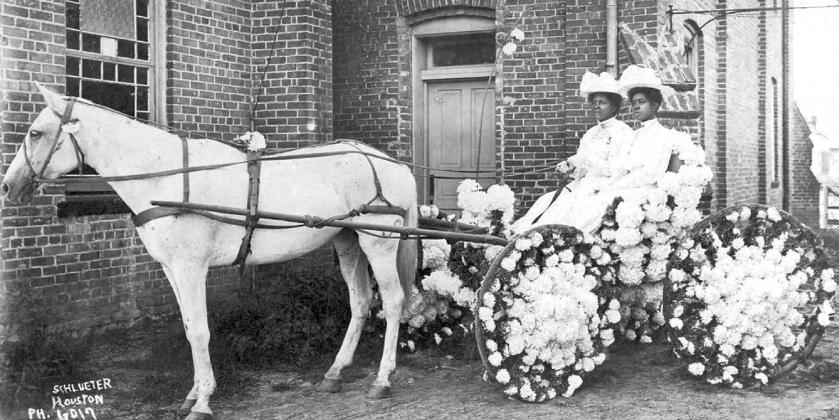Celebrating Juneteenth: A Look at the History of America’s New Holiday
900 Days.
900 days of enslavement were suffered by the slaves in Texas after their freedom was granted by the Emancipation Proclamation issued by Abraham Lincoln on January 1, 1863.
As the Civil War raged on, many slaves did not receive the news until months and even years later. The last to hear of their freedom were the 250,000 enslaved people in Texas, the last state in the United States to be reached by the Union Army.
General Gordon Granger, symbolically accompanied by Black soldiers, arrived in Galveston on June 19, 1865 and read aloud General Order No. 3, which began: “The people of Texas are informed that in accordance with a Proclamation from the Executive of the United States, all slaves are free. This involves an absolute equality of rights and rights of property between former masters and slaves, and the connection therefore existing between them becomes that between employer and free laborer.”
On the first anniversary of the announcement, “Jubilee Day,” as it was first called, was celebrated in several places in Texas. The name was soon changed to Juneteenth, a shorthand notation of June 19th.
The celebrations were first held in Black churches and were a day of prayer and contemplation because Blacks were often targeted with violence if they celebrated too exuberantly.
Emancipation did not bring racial tolerance in many instances. In the years following the Civil War, Blacks continued to be targeted with violence, racial segregation and prejudice which made Juneteenth celebrations very difficult.
Often forbidden from celebrating on public land, many gatherings had to be held in rural areas or on small church grounds. This led some Black communities to buy land specifically for celebrating Juneteenth and other special events.
The first such Freedmen park was Houston’s Emancipation Park, purchased in 1872 by the Colored People’s Festival and Emancipation Park Association. Other parks were established throughout Texas in Austin, Corpus Christi, and smaller Texas towns.
The celebrations became more joyful as honoring their freedom became an act of resistance to white supremacy. In addition to prayer services, the celebrations included concerts, and parades, as well as baseball games and even rodeos.
Picnics were held where red food like watermelon and red soda were common as the color of red represents strength and spirituality and carries great weight in many aspects of West African culture. Even what one wore carried meaning.
Many dressed in their finest clothes and ladies often wore white dresses, partly in response to the pre–1865 statewide laws that prevented enslaved people from dressing in any clothing not given to them by those who held them in slavery.
Juneteenth festivities became increasingly common outside of Texas, often brought to new places throughout the country by Black Texans who’d moved away from the state.
On June 18th, 2021, President Joseph Biden signed a bill recognizing Juneteenth as a national holiday. Juneteenth matters to all Americans.
It is a holiday that celebrates the country’s release from the tyranny of slavery that gave freedom to all Americans. It is through the freedom of our brothers and sisters, that we are all free.
900 Days. A minute was too long to suffer as a slave nonetheless a day.
As Mum Bett, a slave who sued for her freedom in Massachusetts, said, “Any time while I was a slave, if one minute freedom had been offered to me, and I had been told I must die at the end of that minute, I would have it – just to stand one minute on God’s earth a free women – I would.”
900 Days.

